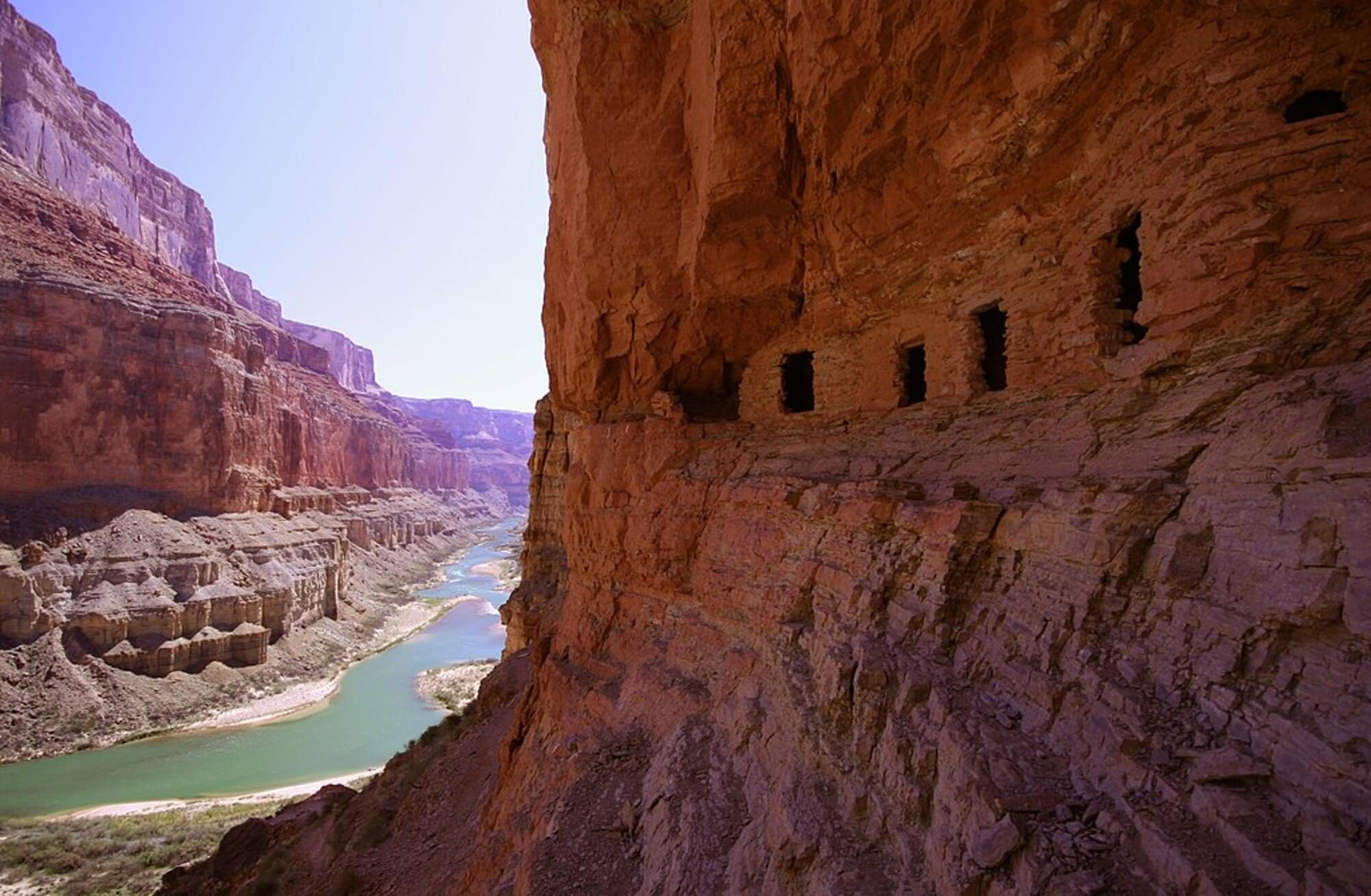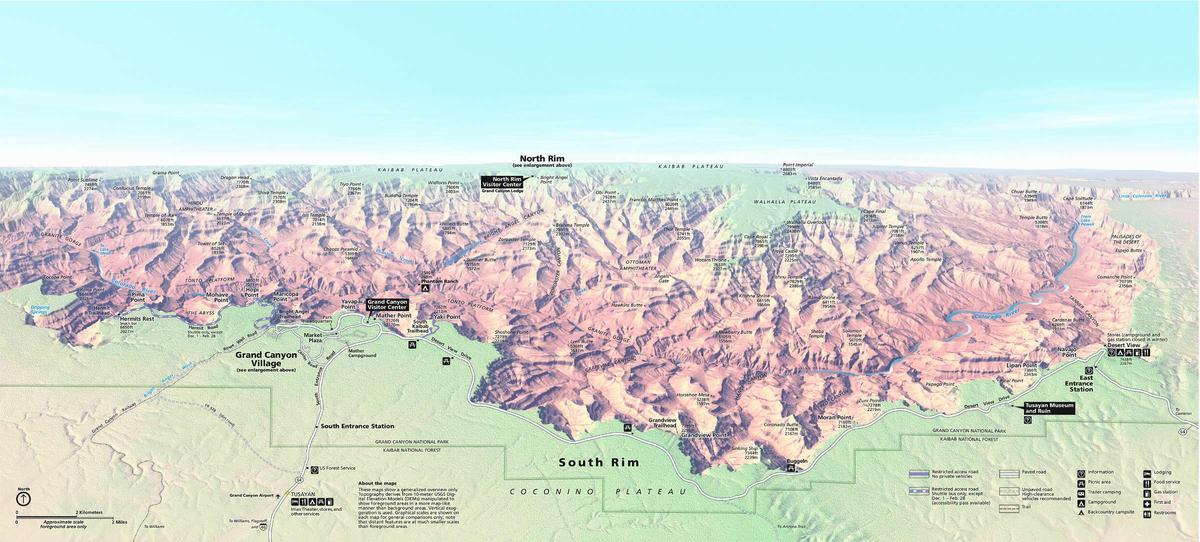Nankoweap Creek

Nankoweap Creek
North Rim, AZ 86052
Nankoweap trail descriptionGrand Canyon National Park website
Grand Canyon National Park maps
Tips for Birding
In-depth information is found on the Grand Canyon National Park website.
About this Location
During his famous early explorations in the region, John Wesley Powell became fascinated with the area’s complex geology. His continuing interest ultimately prompted him, in the 1880s, to send a geologist and trail crew to improve an old Native American route to the river. Subsequently, the trail became the northern terminus of the “Horse Thief” route. It’s difficult to envision a horse traveling this trail now but, according to legend, outlaws would steal horses in Utah and drive them to the bottom of Grand Canyon, then across the river and out the Tanner Trail to ultimately sell them in southern Arizona.
This is a mostly waterless trail, with significant exposure in places. This trail is not recommended for people with a fear of heights. The majority of hikers take two days to complete the journey, spending the night on the way down at either Marion Point or Tilted Mesa; to do so requires carrying plenty of extra water. Hikers up to the challenge are rewarded with magnificent views, excellent chances for solitude, and fascinating human history.
About Grand Canyon National Park
See all hotspots at Grand Canyon National Park
Grand Canyon is considered one of the finest examples of arid-land erosion in the world. Incised by the Colorado River, the canyon is immense, averaging 4,000 feet deep for its entire 277 miles. It is 6,000 feet deep at its deepest point and 18 miles at its widest. However, the significance of Grand Canyon is not limited to its geology.
The Park contains several major ecosystems. Its great biological diversity can be attributed to the presence of five of the seven life zones and three of the four desert types in North America.
The five life zones represented are the Lower Sonoran, Upper Sonoran, Transition, Canadian, and Hudsonian. This is equivalent to traveling from Mexico to Canada.
The Park also serves as an ecological refuge, with relatively undisturbed remnants of dwindling ecosystems (such as boreal forest and desert riparian communities). It is home to numerous rare, endemic (found only at Grand Canyon), and specially protected (threatened or endangered) plant and animal species.
Over 1,500 plant, 355 bird, 89 mammalian, 47 reptile, 9 amphibian, and 17 fish species are found in the park.
Notable Trails
The AllTrails website has a description and map of a hike at Nankoweap Creek.
Content from Nankoweap trail description and Grand Canyon National Park website
 Grand Canyon Panorama Map
Grand Canyon Panorama Map